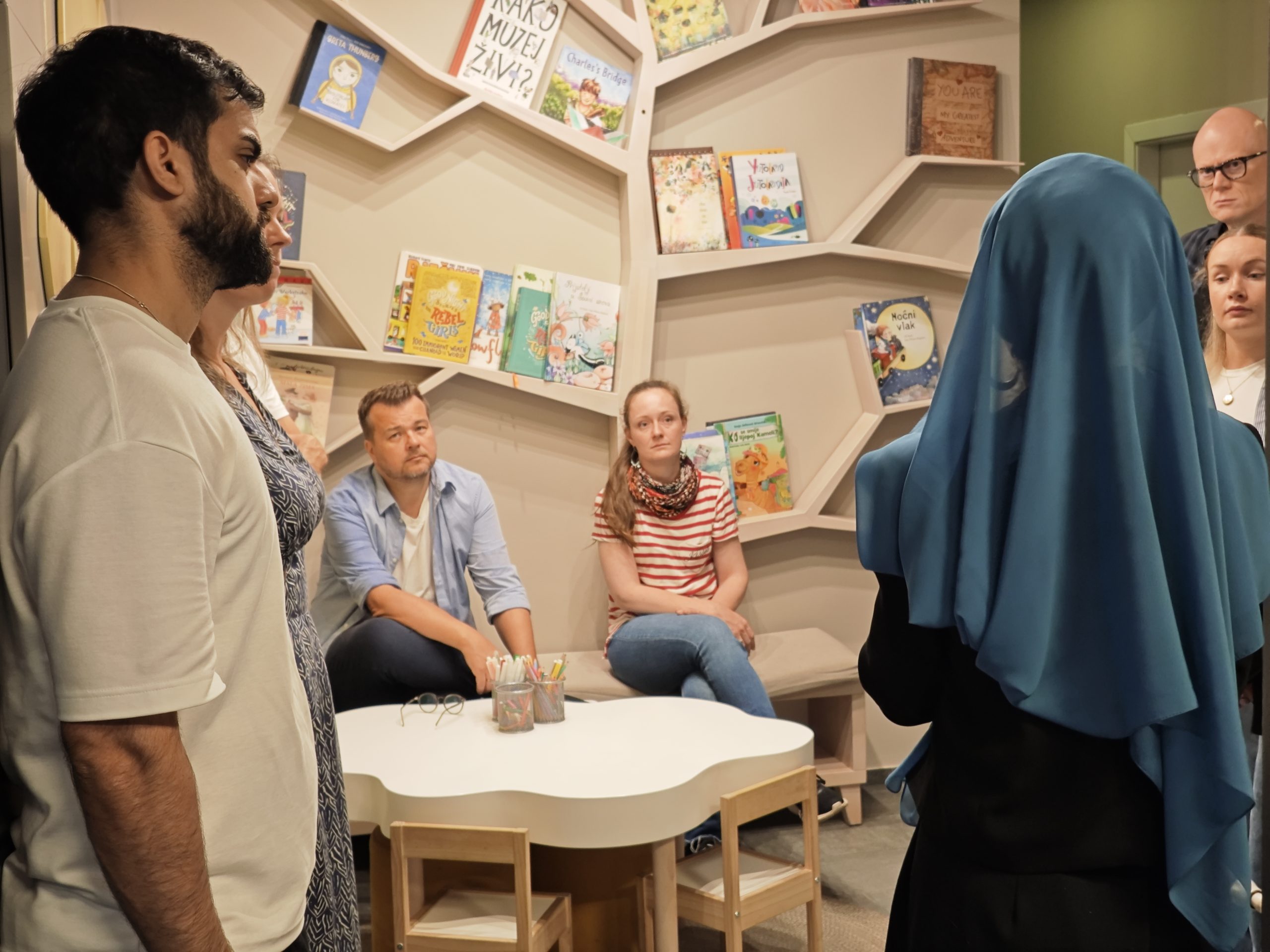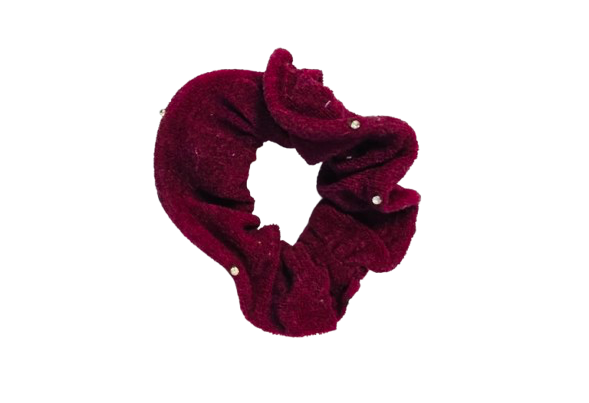The War Childhood Museum often hosts visits of groups working on memorialization and peacebuilding in educational contexts, to learn about our approach to education. Last week, we welcomed a group from the Norwegian Center for Holocaust and Minority Studies, which focuses on Holocaust research, documentation, and education, as well as the study of genocides, racism, extremism, conspiracy theories, and minority rights.
Exploring Educational Approaches in Museums
The visit was part of a broader study trip aimed at understanding how museums in different countries engage with difficult histories in ways accessible to younger students. The group from the Center’s educational department explored how WCM uses objects not only in exhibitions but also as tools for learning.
They emphasized how much they appreciated the interactive activities, which evoked memories from their own childhood and created a meaningful contrast with the exhibition.
“It’s been a very strong experience being here, and very inspiring, as we also teach students and work with education, to see how you can talk about these difficult subjects in a different way than always facts, numbers, but to convey the emotions, the experience,” said Cecilie Martinsen, educator at the Center.
Reflections on Contemporary Conflicts and Shared Learning
In addition to objects from Bosnia and Herzegovina, our permanent exhibition also includes items from current conflicts such as those in Ukraine and Palestine. This aspect of the collection particularly resonated with our guests.
“I really appreciate that you’ve included items from kids who are living in war right now, that we can keep both perspectives at the same time,” another educator, Hanne Krystad, noted.
The exchange of experiences and ideas is an essential part of educational innovation, and WCM is always eager to welcome visits that foster dialogue, understanding, and new perspectives.








